Dragons exist in nearly every culture around the world. While some believe that humans created the concept to explain the unknown or to represent fears or desires, there may be a simpler connection. Anthropologist and linguist Robert Blust argues that dragons may have a common origin in nature’s rainbow. Indeed, Australian Aboriginal mythology reveres the ancestor of all dragons, the Rainbow Serpent, and a northern version describes them as lizard-like and associated with water, the rainbow, lightning and thunder.
And what of the Chinese dragons? Appearing in oracle bone characters from over three thousand years ago, the character for rainbow seems to show dragons at both ends. Early Chinese poets wrote of the ‘curving rainbow’, a term that would come to stand directly for the dragon. In addition to its majesty and connection to both past imperial rulers and the contemporary population, the Chinese dragon brings much drama to any scene it enters and we can expect much of that this year.
Assuming that dragons are descendants of the Rainbow Serpent, evolutionary pressures may have pushed them into different ecological and cultural niches. Here is a family snapshot of the extraordinary variation among cousins:
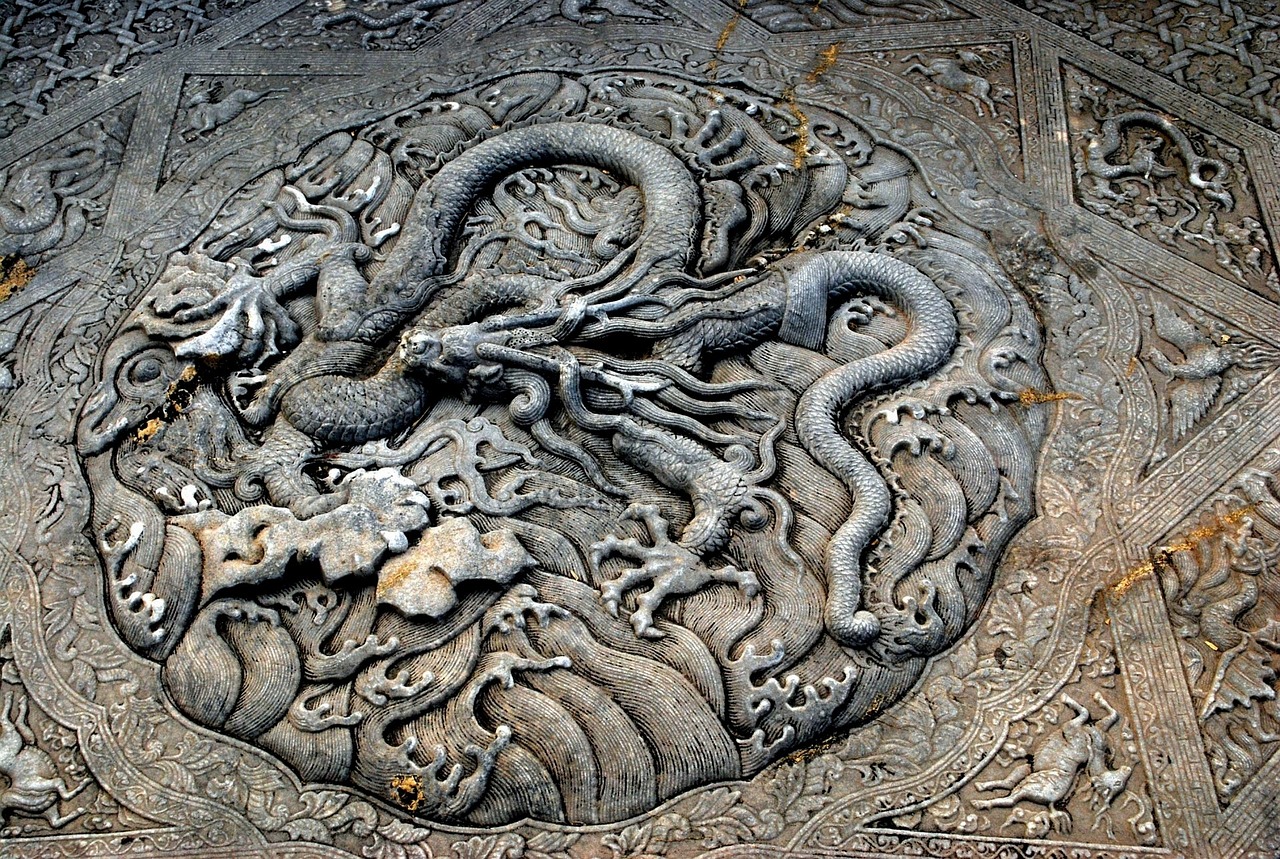 Source: Pixabay
Source: Pixabay
 Source: Pixabay
Source: Pixabay
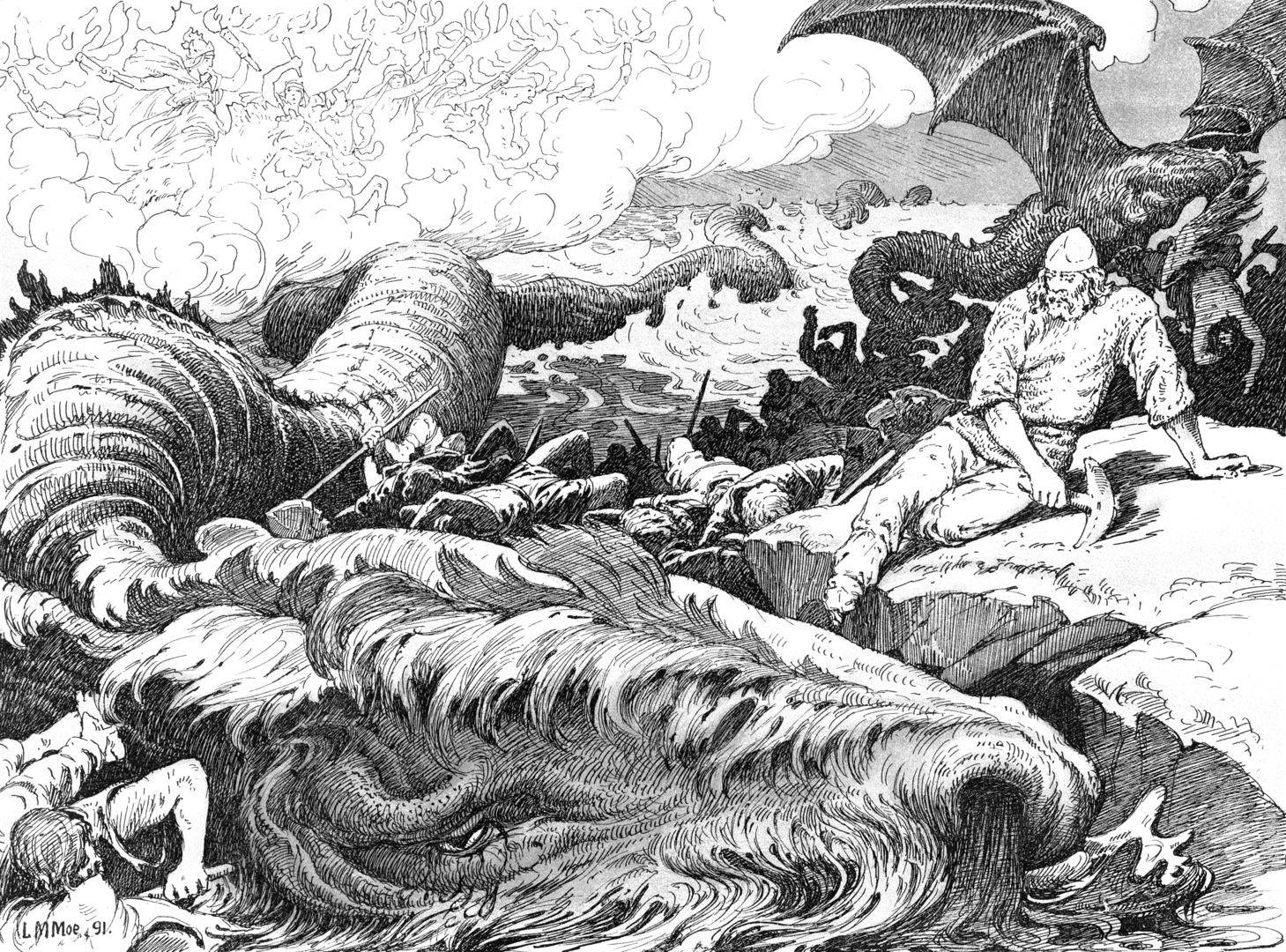 Source: Jörmungandr in the sea during Ragnarök, drawn by the Norwegian illustrator Louis Moe in 1898.
Source: Jörmungandr in the sea during Ragnarök, drawn by the Norwegian illustrator Louis Moe in 1898.
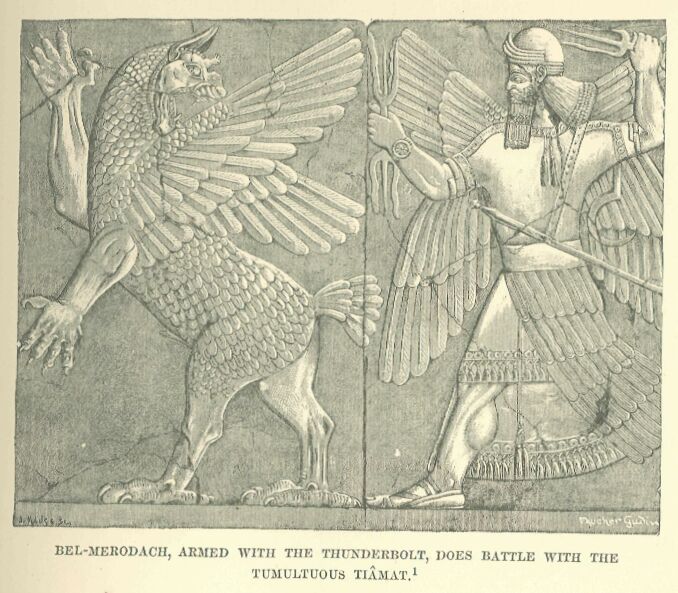 Source: Drawn by Faucher-Gudin from the bas-relief from Nimrûd. History Of Egypt, Chaldæa, Syria, Babylonia, and Assyria, Volume 3 by G. Maspero
Source: Drawn by Faucher-Gudin from the bas-relief from Nimrûd. History Of Egypt, Chaldæa, Syria, Babylonia, and Assyria, Volume 3 by G. Maspero
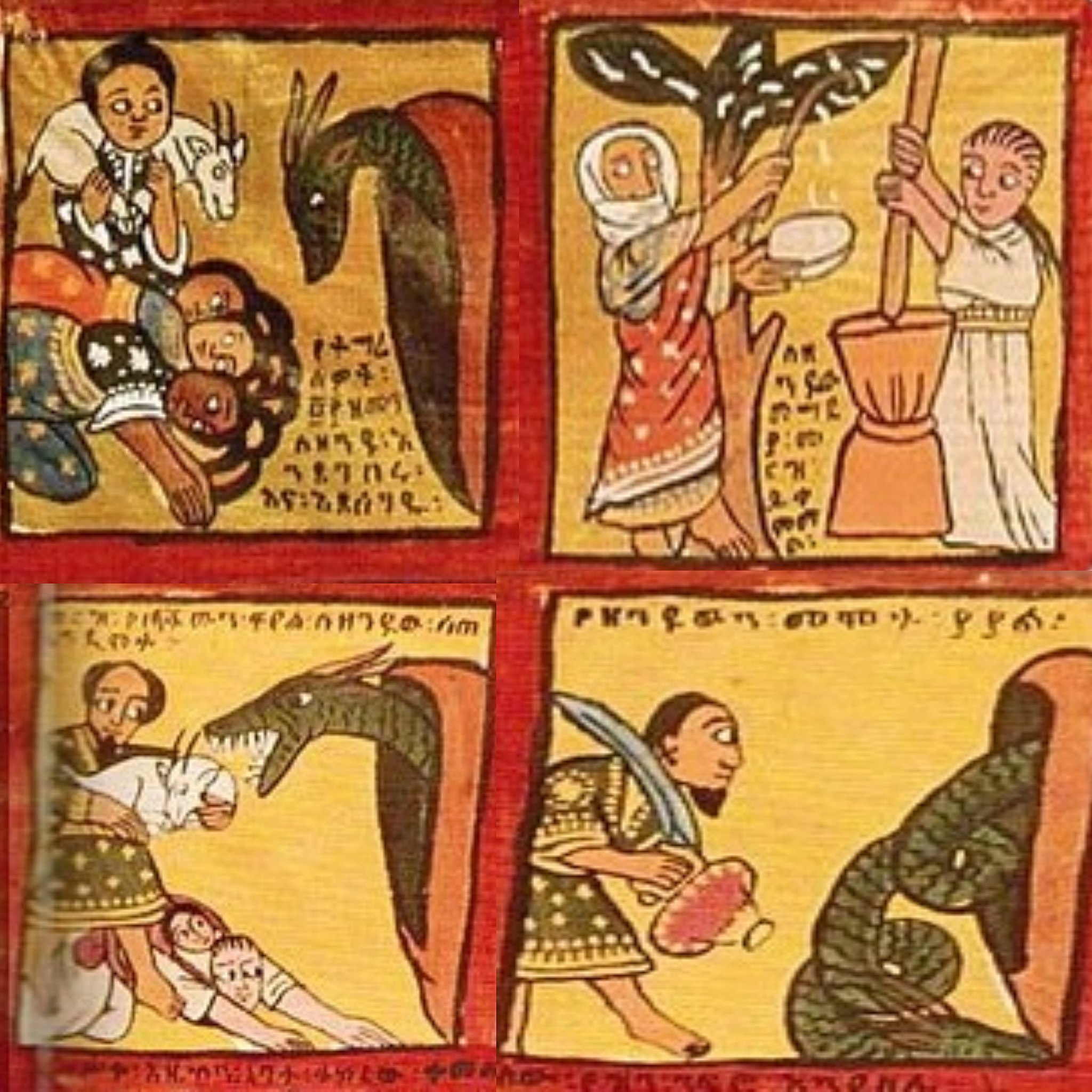 Source: Public domain
Source: Public domain
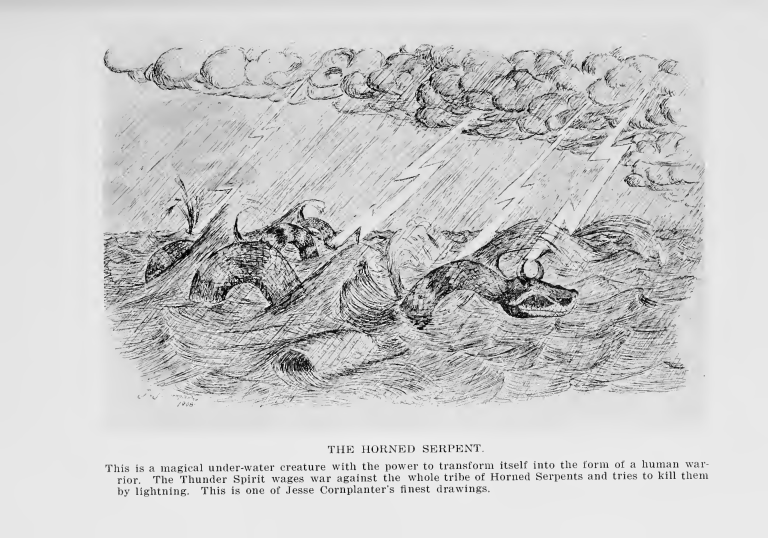 Source: Public domain
Source: Public domain
Sorcerer: Dr James Greenbaum
Sorcerer's apprentice: Stella Liu
Wand bearer: Justin SL Chan
Director/Editor: Sandy Chen Dowling; Yukti Vidyarthi
Translation editor: Sandra Tsui
Design/Art: Cecilia Wong; Elva Lau; Lizzie Lau; Patrina Leung; Jon Berkeley
Web development: Paul Ngan; Timothy Wang
Video production: Alexandra Lee; Joy Zhou
Thanks to: Christina Qianna; Ellen Lo; Melanie Ng; Priscilla Man
Producer: Liz Patterson